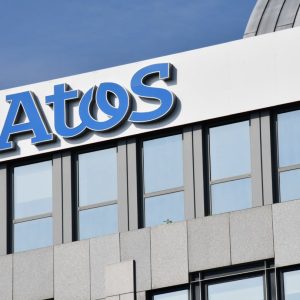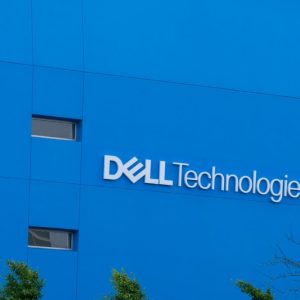
EB: What is a software defined mainframe?
MC: A software defined mainframe (SDM) is a workload re-hosting technology that provides the capabilities for mainframe applications to execute on open systems, such as Linux-based x86 and cloud, with no requirement for recompilation or conversion of data types.
An SDM provides a runtime environment that supports the necessary functionally equivalent subsystem APIs to enable transparent execution of the binary representations of these programs and data. The costly and risky task of rewriting these decades’ old applications has prevented organisations from re-hosting them in the past.

Once companies have liberated applications by moving them off the mainframe, they can take advantage of open source technologies and cloud services that were largely incompatible with mainframe applications in their original form.
EB: Why are businesses turning towards a software defined mainframe approach?
MC: 71 percent of Fortune 500 companies rely on legacy systems running applications written decades ago by aging programmers who are now retiring from the business. These applications are reliable, often mission-critical and in many ways form the backbone of corporate IT infrastructure.
Traditional mainframe systems are costly and difficult to adapt to modern IT, and as a result businesses are beginning to turn to more agile solutions, such as software defined mainframes, which liberate legacy applications with a seamless shift from mainframe runtime environments to commercial off-the-shelf Linux platforms without changing a single line of application code.
EB: What legacy problems does software defined mainframes solve?
MC: Quite simply, software defined mainframes reduce cost, complexities and address the crippling lack of skills needed to manage a constantly evolving infrastructure and one that is business-critical to some of the world’s largest organisations.
Traditional mainframe customers have no choice but to use proprietary hardware and software from a single vendor, and continue to pay significant sums to keep their businesses running as a result. This is why the financial investment in these legacy applications represents over four trillion Euros. With a software defined mainframe however, businesses suddenly have the option to be run these applications within a software container on modern servers and cloud platforms such as Microsoft Azure, freeing them up from costly vendor lock-in.

Additionally, for businesses locked into costly mainframe hardware platforms, it’s becoming more and more challenging to connect these archaic systems of record into the modern digital systems that engage today’s consumers with ever-faster, more responsive interactions. By exchanging decades-old APIs with more contemporary ones, legacy applications can link up with today’s IT and modern technologies such as data analytics, automation, mobile and the cloud.
Organisations globally are seeking a sustainable way to transition away from their legacy mainframe systems. Commentators have predicted the end of mainframe computing for the last 30 years, yet the platform has defied the odds due to alternatives being risky and costly. A true software defined mainframe finally offers the performance, reliability, and cost savings that addresses this demand.
EB: How important do you foresee software defined mainframes becoming in business? Comparable to AI, cloud and other emerging technology?
MC: Whilst it may not have the widespread allure of AI and other such technologies, in terms of its implications and its value to businesses, the importance of the software defined mainframe cannot be understated. To businesses who have been anchored by their legacy systems for decades, this approach finally provides the opportunity to catch ‘born on the web’ companies who aren’t restricted by the shackles of the mainframe.
The mainframe skills crisis is a serious ticking time bomb of an issue, and attempts to educate young developers on aging mainframe programming languages are simply not working. The mainframe in its current form cannot survive without experts who not only know its ins and outs, but are enthusiastic about developing these systems for the future. When these mission-critical applications can be moved into the modern, dynamic development environment of a software defined mainframe, on familiar hardware or in the cloud, companies have a compelling proposition for the brightest and best developers.
EB: What would your advice be to businesses looking to shift to a software defined mainframe approach?
MC: Businesses that have been locked into the mainframe for such a long time will weigh up the benefits of moving off the mainframe, with uncertainties they have about trying a new, modern approach. The advice for these businesses is ‘forget what you think you know about moving off the mainframe’. With a software defined mainframe approach, the high costs, time, and risks of migrating mission critical applications simply disappear.

What software defined mainframes now offer is an alternative option and an escape route from the lock-in of large mainframe vendors and a chance to stop spending millions of dollars on maintaining aging systems and start re-allocating funds toward real innovation. Re-hosting legacy applications to a software defined mainframe is so quick, easy, and risk-free that businesses can experience the benefits instantly through re-hosting small workloads, and beginning the iterative process of returning to a competitive position within their industries.






